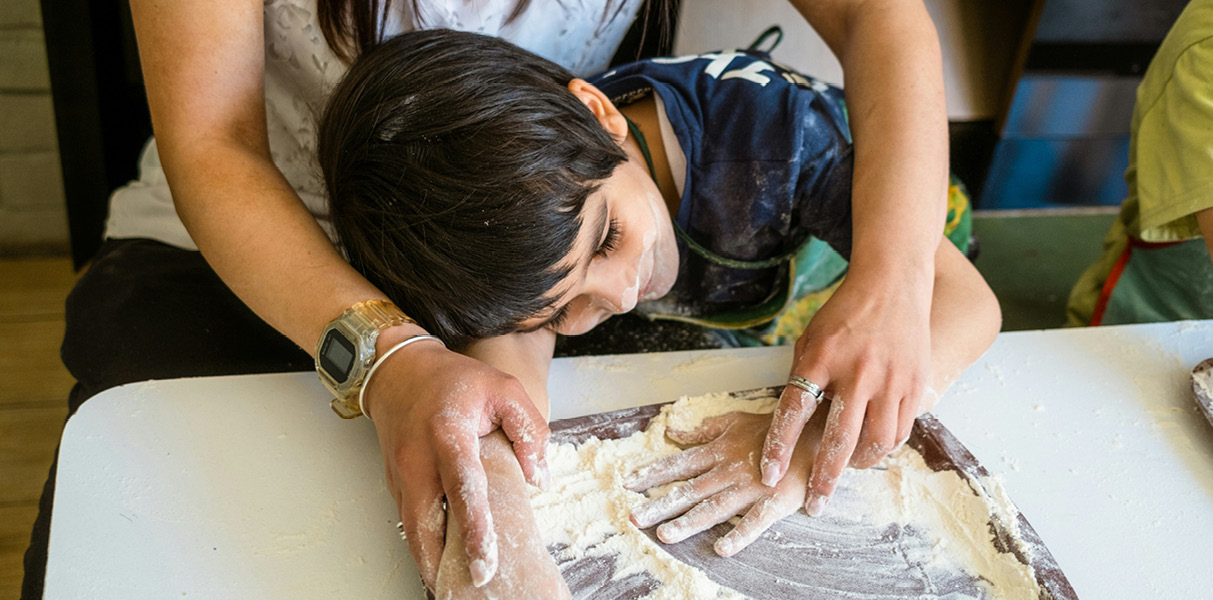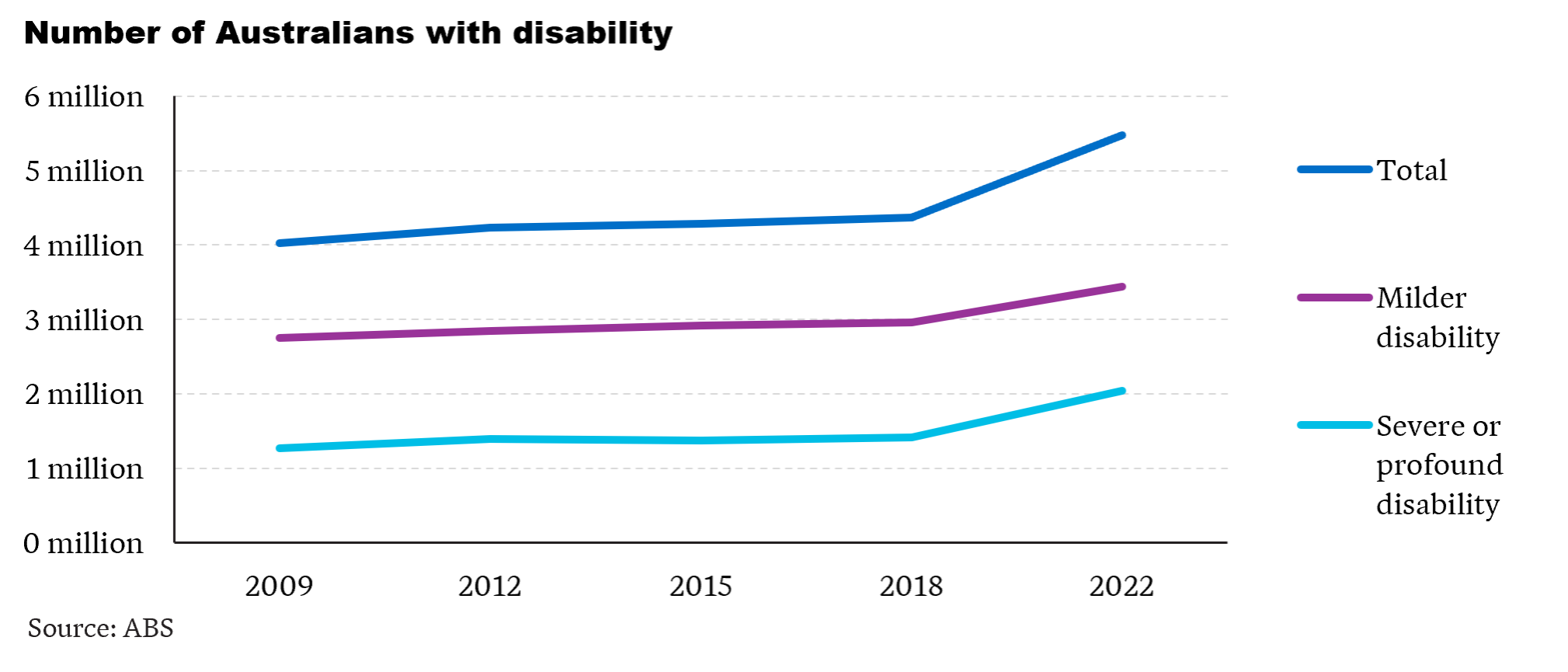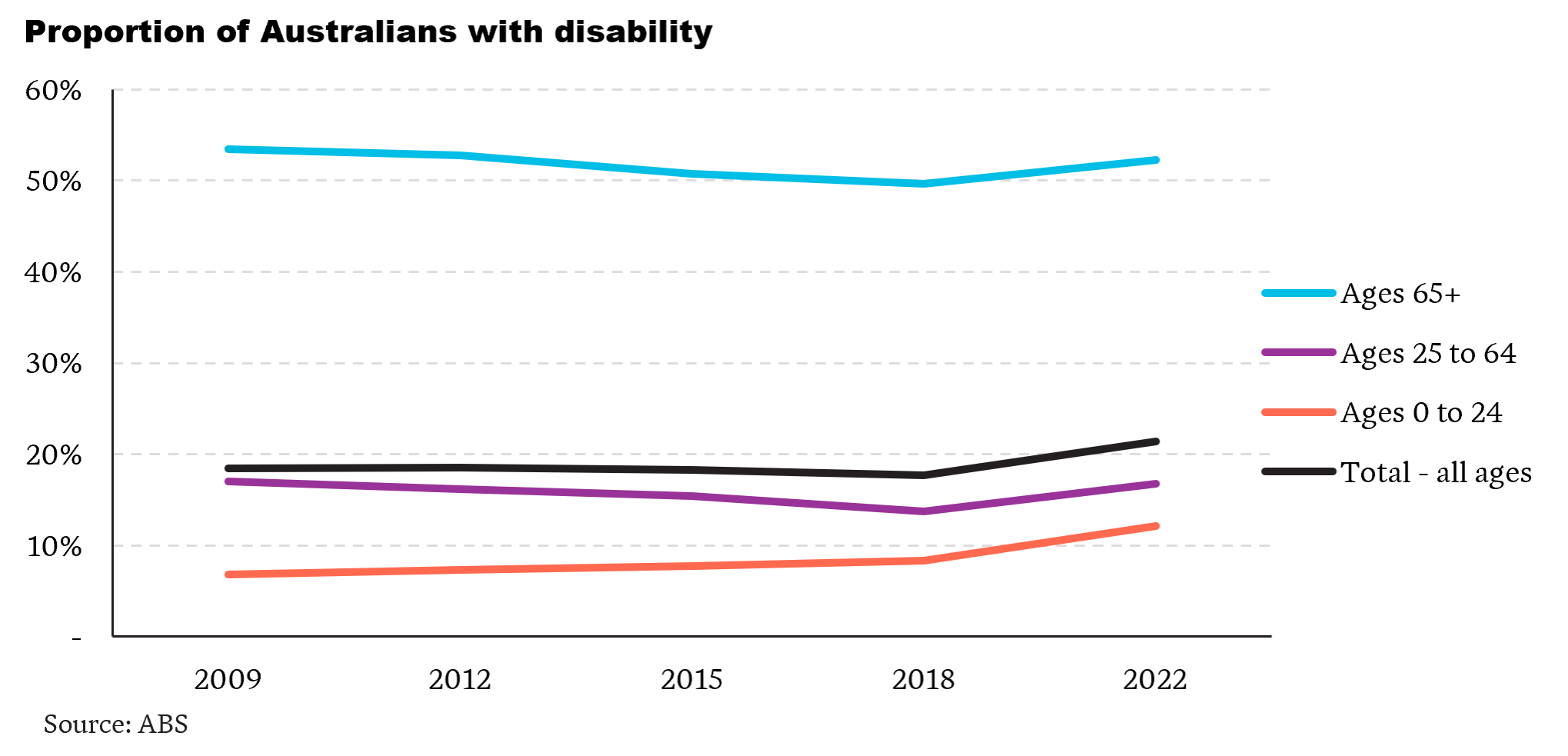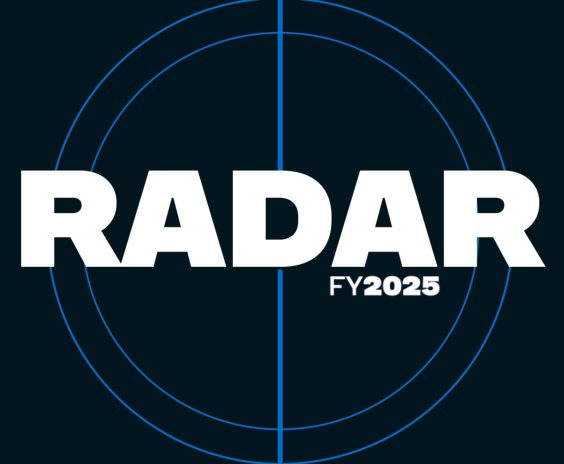Increase in Australians with disability – new ABS survey
For more than 15 years, the number of people who report having disability has been stable – between 4 and 4.5 million – until now. New data released by the Australian Bureau of Statistics reveals the figure has increased to 5.5 million. We discuss these latest findings and offer some key takeaways for policymakers.
The results of the ABS 2022 Survey of Disability, Ageing and Carers (SDAC) show the number of people with disability rose by 25% from 2018 to 2022. The increase affected most cohorts, but was particularly high for young people and for people with severe or profound disability.

In the survey, the rate of increase in people with disability was highest for young people aged 0-24
What do we mean by ‘disability’?
Under ABS definitions, a person has a disability if they have “any limitation, restriction or impairment which restricts everyday activities and has lasted, or is likely to last, for at least six months”. ABS estimates of disability include:
- People with severe or profound disability. People in this group sometimes or always need support with activities such as self-care, mobility or communication. It’s likely many NDIS participants fall into this group.
- People with milder disabilities, many of whom are unlikely to be eligible for the NDIS.
A closer look at the numbers
As we mentioned, the total number of people with disability has held steady between 4 and 4.5 million (the dark blue line in the chart), since 2009. In 2022, it rose fairly sharply to 5.5 million.
The rate of increase was higher for severe or profound disability, although there was still a higher increase in the number of people with milder disability than in previous years.

In 2022, the number of people with disability rose fairly sharply, after a long period of stability
This next chart shows the proportion of Australians in each age group who have disability. Expressing the number of people with disability as a proportion of population allows comparison between age groups.
Overall, the chart shows more people had a disability in 2022 than 2018 across all age groups. The rate of increase was highest for young people aged 0-24. For people aged 25 and above, the rate of disability had been slowly reducing until 2018, but this trend reversed in 2022.
Consistent with past surveys, more than half of people aged over 65 have a disability, as some conditions such as physical disabilities and Alzheimer’s Disease become more common as we age.

The share of those with disability aged 25+ was reducing until 2018. In 2022, the trend reversed
What’s driving the increase?
The ABS identifies four potential drivers of the increase observed in this year’s SDAC:
- A growing awareness of disability in Australia
- A general increase in prevalence of some disabilities or long-term health conditions
- An ageing population
- An online, self-completion questionnaire being offered as an option for the first time in 2022.
While it’s not possible to estimate the extent of contribution from each factor, we can make some general observations:
- There’s good reason to think awareness of disability would have increased since the last survey (2018). Back then, the NDIS was only part way through its roll-out around Australia. It makes sense that, by 2022, with a fully implemented national scheme and increased media attention, awareness of disability may have increased.
- The number of Australians with autism has increased – but more detailed analysis is needed to understand increases in other disabilities or health conditions. The 2022 survey showed a 40% increase in the number of people with autism in Australia, compared to 2018. This aligns with experience in the NDIS – the scheme has seen high growth in the number of people with autism applying each year. While data on other disability types isn’t included in the ABS summary of the survey, more detailed analysis could be undertaken in future to understand how different disabilities contribute to the increase.
- The ageing population is relevant, but not the sole driver of the increase. We know this because the increase has affected younger as well as older people with disability.
- The ABS has given participants a new way to respond to its survey – an online option – and the impacts of this are unknown. For example, if the ABS online survey made people feel more comfortable disclosing they have a disability, this may have contributed to the increase.
Some key takeaways for policymakers
Among important considerations for policymakers, we’ve identified:
- For the NDIS, the survey lends weight to the argument that some of the growth seen to date has reflected increased recognition of disability in the wider community. Unfortunately, the survey won’t tell us what many people want to know – whether or when we might see a slowing of growth in the NDIS.
- The recent NDIS Review also recommended strengthening supports outside the NDIS for people with disability, recognising that there is a large group of people with disability outside the NDIS who would benefit from more support. The results of this survey indicate there may be more people who would benefit from these supports than previously thought.
Other survey findings
The SDAC produced a wide range of other important findings – much more than we could cover in this brief article – including:
- Information on employment, health, wellbeing and other outcomes for people with disability. For example, the survey shows people with disability have benefitted from the reduced unemployment rate experienced by other Australians in 2022.
- For the first time, information on the number of people with disability who have experienced abuse or neglect (complementing the results of other surveys such as the ABS Personal Safety Survey). The SDAC found 11.4% of adults with disability experienced at least one form of physical abuse, emotional abuse or neglect in the past 12 months – underscoring the findings of the Disability Royal Commission in 2023.
For more detail on these and other findings, visit the ABS website.
Related articles
Related articles
More articles

Workers compensation and our ageing workforce
Australians are increasingly expected to work for longer and postpone retirement. Snigdha Prasad finds out why and explores scheme impacts
Read Article

Disability report reveals major inequality, need for collective action
The Actuaries Institute releases new research by Laura Dixie and Hugh Miller, examining systemic inequality for people with disability
Read Article






